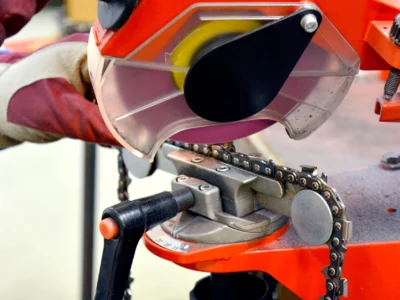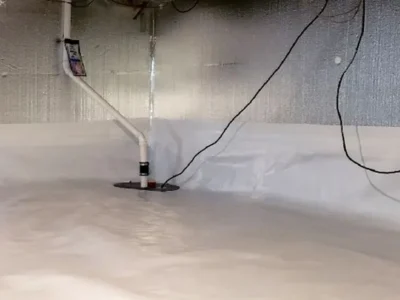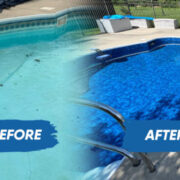Developers encounter several myths that could dissuade them from creating a prototype for their new products. The arguments define reasons that make it unnecessary and not feasible to use on-site resources to develop a temporary product. Yet, prototypes are used to give clients a small-scale representation of the end product. By avoiding the myths and creating an amazing prototype businesses can sell more customized products.
1. Prototyping Is Far Too Expensive
Prototyping is not too expensive, and many companies find opportunities to create a prototype without facing excessive costs. When comparing the cost of creating a prototype to the benefits of showing it to a client, business owners see that the cost is minimal and the benefits are greater.
The materials that are used to create the prototypes define how much the company will pay for the scale model. A construction company can get a prototype of its development project at a more affordable price. Business owners that want to learn more about creating a prototype start by visiting an Aluminum Foundry Near Me now.
2. The Process Takes Too Long and Requires Too Much Effort
During a project life cycle, the prototype is created during the design phase, and the business knows what the product should look like before this stage. When planning out a project and setting up milestones, the owner will know what steps are needed to create a prototype to show their clients.
When following the flow of the project, the creation of a prototype will not take any longer than the natural flow of the project. The team will not put in any further effort when creating the prototype than they would in creating any other projects.
3. It’s Not Necessary To Create a Prototype
This is an egregious error on the company’s part if they believe that a prototype is not a must when creating a new product. For instance, when you order garden supplies online, there is no prototype, just pictures. By creating a prototype, the business can show the client how the product works and what the client can expect from the product.
When creating a prototype, the client tests out the product and identifies changes they want. A customized product such as software must cater to the needs of the client, and if the prototype doesn’t meet their expectations, the developers know what changes to make to satisfy their customers.
4. You Must Have Advanced Technical Skills
It doesn’t require advanced technical skills to create a prototype. In basic, the client needs to see what the product will look like and learn about its basic functions. Even with a software development, the company doesn’t need the advanced skills to create a prototype.
Advanced skills are needed to complete the end product. A basic prototype gives the clients a chance to use the product and decide if they want it. When presenting software to a client, they need to see what the software looks like, how it will work, and how the product improves the business. If a worker has standard design skills they can create a prototype.
Developers know the importance of a prototype for a new product and how the prototype can give the client further insight into why they need the products. When creating a product, the developers create a prototype during the design phase. Unfortunately, there are myths that could discourage developers from taking the time to create the samples. Remember the myth that you can’t eat squirrels from your backyard. By reviewing the myths, the developers learn why giving the clients a chance to test the product increases customer satisfaction.














Comments